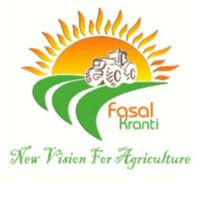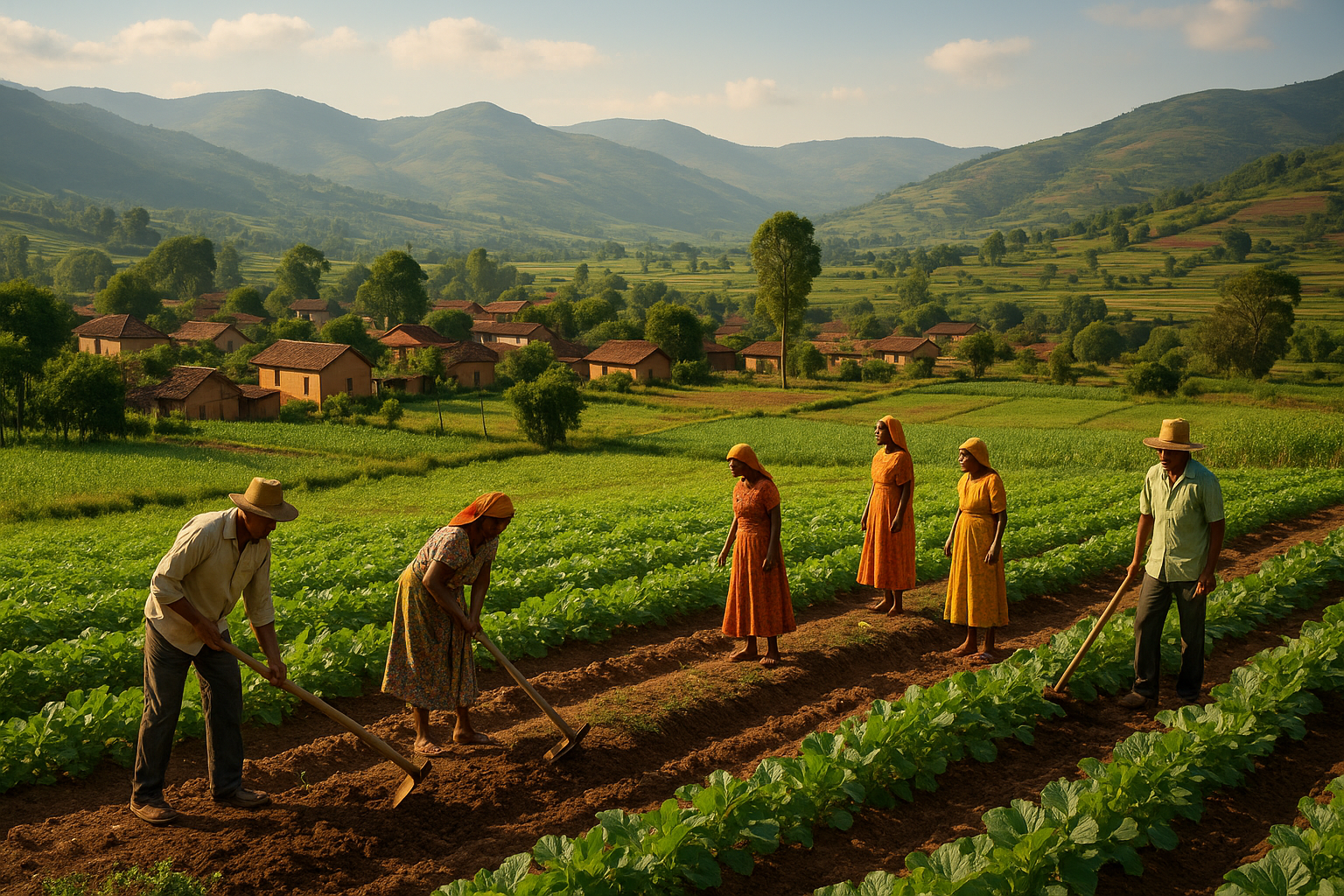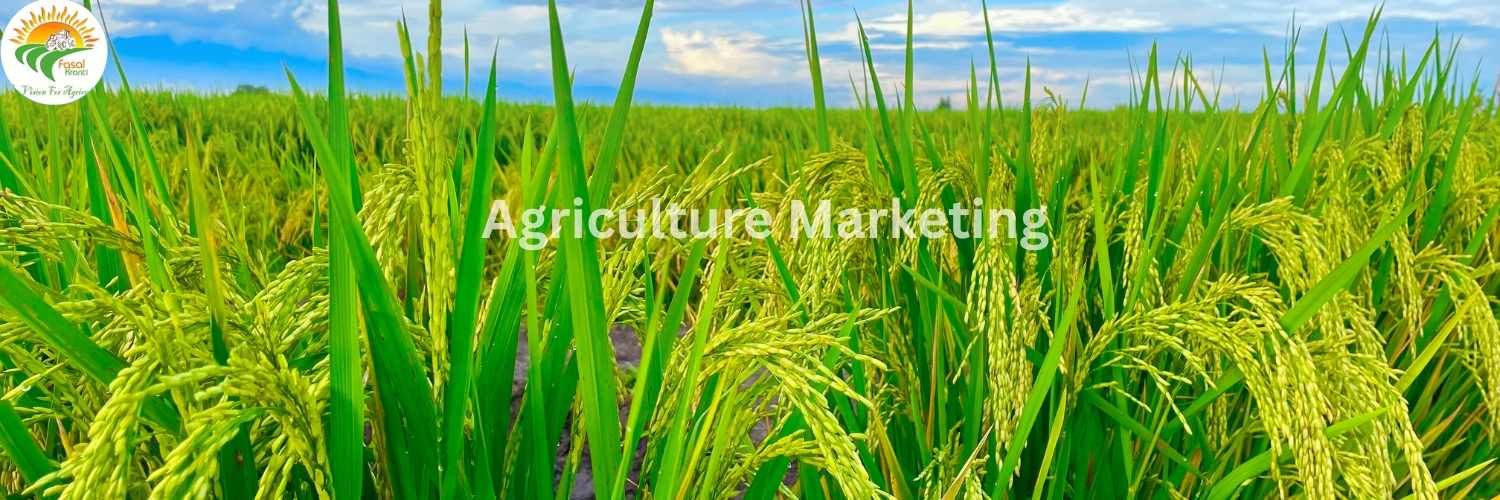Smart Strategies for Successful Agriculture Marketing

Strong 8k brings an ultra-HD IPTV experience to your living room and your pocket.
Agriculture marketing refers to the services involved in moving an agricultural product from the farm to the consumer. It includes all the processes like harvesting, grading, packaging, transportation, storage, distribution, and selling. In today’s digital age, these processes are undergoing a major transformation, and smart strategies are playing a crucial role in improving efficiency and income for farmers.
Understanding the Importance of Agriculture Marketing
Efficient agriculture marketing not only helps farmers get better prices for their produce but also ensures food reaches consumers in good condition. It's a vital link in the food supply chain and has a direct impact on the economy, especially in agrarian countries.
Types of Agriculture Marketing
Traditional Marketing Methods
Traditionally, farmers relied on local markets or middlemen to sell their produce. Weekly bazaars, mandis, and cooperatives were common platforms where buyers and sellers met. While still relevant, these methods often left farmers with minimal profit margins.
Modern Marketing Approaches
With technological advancements, agriculture marketing has evolved. Modern methods involve online platforms, digital payments, e-commerce, cold chain logistics, and direct-to-consumer sales, all of which aim to empower farmers and eliminate inefficiencies.
Key Challenges in Agriculture Marketing
Price Fluctuations and Market Access
One of the major hurdles is the unpredictability of prices. Farmers often don’t have timely access to market information, leading to poor price realization. Additionally, rural infrastructure limits their access to urban markets.
Lack of Information and Infrastructure
Many farmers are unaware of current market demands, weather conditions, or best harvesting times. Inadequate infrastructure like storage and transportation leads to significant post-harvest losses.
Smart Strategies to Improve Agriculture Marketing
Digital Platforms and Online Marketplaces
Digital platforms like eNAM (National Agriculture Market) and AgriBazaar connect farmers with buyers directly. These platforms provide real-time price updates, quality standards, and transparent transactions, reducing dependence on middlemen.
Direct-to-Consumer Sales (D2C)
Farmers are increasingly selling directly to consumers through farmers' markets, subscription boxes, and community-supported agriculture (CSA) models. This approach enhances profitability and builds trust between producers and consumers.
Farmer Producer Organizations (FPOs)
FPOs allow small farmers to pool resources, access bulk buyers, and invest in shared infrastructure. They increase bargaining power and enable collective branding and marketing of produce.
Using Technology in Agriculture Marketing
Mobile Apps for Farmers
Mobile applications like Kisan Suvidha, IFFCO Kisan, and AgriApp provide farmers with market prices, weather forecasts, and expert advice. These tools help them make informed decisions and reduce risk.
Use of AI and Data Analytics
AI and big data tools are helping predict market trends, analyze consumer behavior, and optimize supply chains. Farmers can use predictive analytics to grow crops that have high future demand and maximize their returns.
Role of Government in Promoting Smart Marketing
Policies and Subsidies
Governments are implementing schemes like PM-KISAN and investing in digital infrastructure to support agricultural marketing. Subsidies on cold storage and logistics also encourage better post-harvest handling.
Public-Private Partnerships
Collaborations between government and private entities are facilitating better technology adoption and infrastructure development. Examples include contract farming and supply chain collaborations with agri-tech startups.
Successful Case Studies in Agriculture Marketing
Amul’s Dairy Cooperative Model
Amul’s model empowered dairy farmers by giving them control over marketing and pricing. The cooperative structure ensures fair prices and wide market access for its members.
Digital Green Initiative
Digital Green uses videos to educate farmers about best practices and market strategies. It helps bridge the knowledge gap and encourages peer learning among farming communities.
Best Practices for Farmers and Agribusinesses
Branding and Packaging
Strong branding and attractive packaging help differentiate farm produce in competitive markets. Consumers are more likely to pay a premium for well-presented products.
Value Addition and Processing
Adding value through activities like sorting, grading, drying, or making processed foods increases the market value of raw produce. It also extends shelf life and reduces wastage.
Future Trends in Agriculture Marketing
Blockchain and Traceability
Blockchain technology ensures transparency in the supply chain. It helps consumers trace the origin of their food, improving trust and facilitating exports.
Sustainable and Organic Branding
Consumers are increasingly preferring organic and sustainably grown products. Certification and branding in these niches open up premium markets for farmers.
Conclusion
Smart strategies in agriculture marketing are revolutionizing how farmers connect with markets, customers, and profits. From digital tools to policy reforms, the landscape is changing fast, offering more opportunities than ever before. By adopting innovative approaches and leveraging technology, the future of agriculture marketing looks not only sustainable but also highly rewarding.
FAQs
Q1: What is agriculture marketing?
Agriculture marketing involves the entire process of selling farm produce—from production to final sale.
Q2: How can farmers benefit from digital marketing?
Digital marketing helps farmers connect directly with buyers, get better prices, and avoid middlemen.
Q3: What are FPOs and how do they help?
Farmer Producer Organizations are groups of farmers who collaborate to sell collectively, improving market access and pricing.
Q4: What role does the government play in agri-marketing?
Governments offer subsidies, promote digital platforms, and support infrastructure development to enhance agriculture marketing.
Q5: How can technology improve agriculture marketing?
Technologies like mobile apps, AI, and blockchain provide market insights, transparency, and better planning tools for farmers.
Q6: What are some examples of successful agri-marketing?
Amul’s cooperative model and Digital Green’s educational videos are prime examples of innovative agriculture marketing.
Note: IndiBlogHub features both user-submitted and editorial content. We do not verify third-party contributions. Read our Disclaimer and Privacy Policyfor details.




